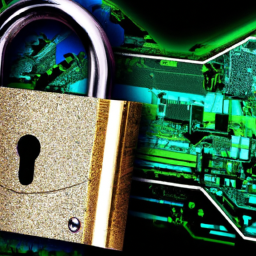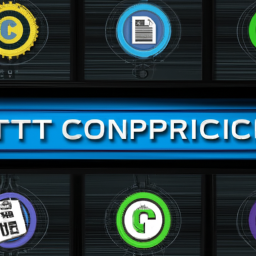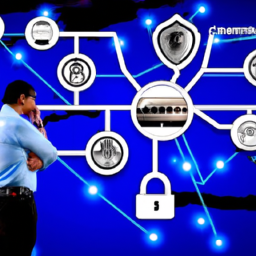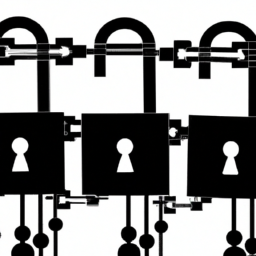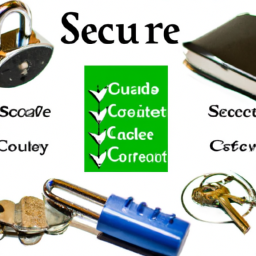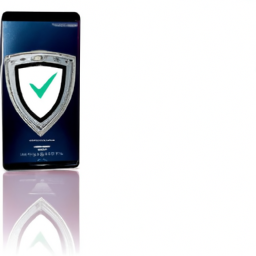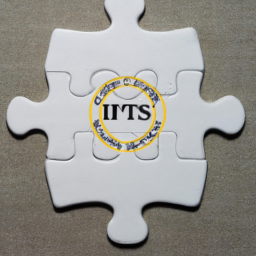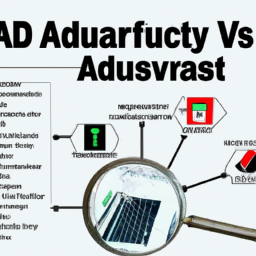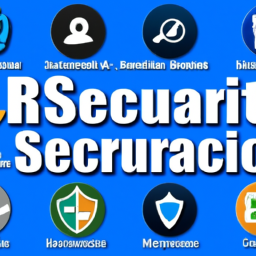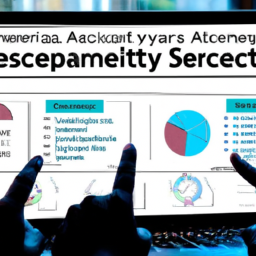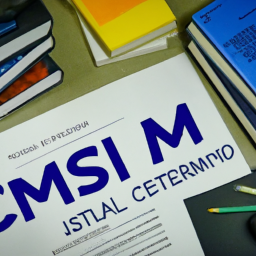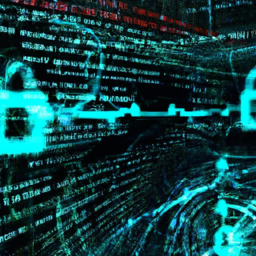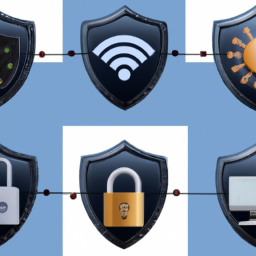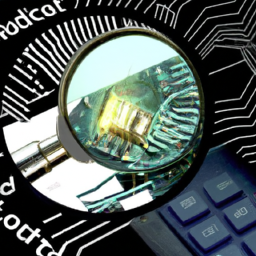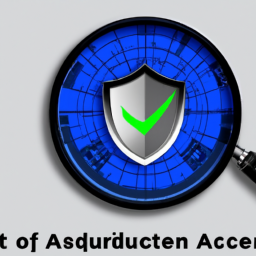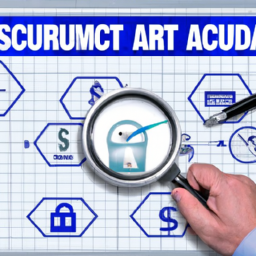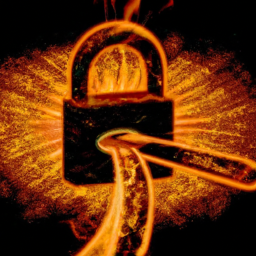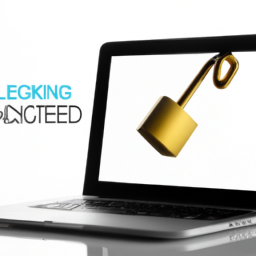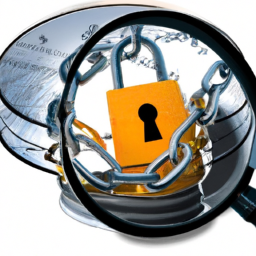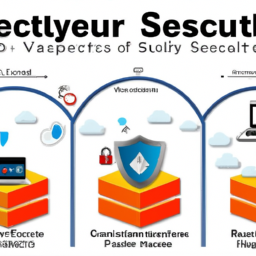In the vast landscape of data protection, your database stands as a fortress, safeguarding your organization’s most valuable asset: information. Like the sturdy foundation of a building, a secure database security architecture is essential for fortifying your data against potential threats and breaches.
Just as a skilled architect meticulously plans the structure of a building, you must design a robust framework to protect your data from unauthorized access and ensure its confidentiality, integrity, and availability.
Building a secure database security architecture requires a strategic approach. It involves identifying your data security needs, designing an impenetrable database structure, implementing data loss prevention measures, and regularly updating and patching your database systems.
But that’s not all. You must also train and educate your employees on database security best practices, continuously monitor and audit database activity, and stay vigilant in the face of evolving threats.
In this article, we will guide you through the intricate process of building a secure database security architecture. By following these expert recommendations, you will establish a solid foundation for data protection, enabling your organization to thrive in the digital age.
Key Takeaways
- Data classification is crucial for prioritizing protection for critical information.
- Access control measures like authentication and role-based access limit unauthorized access.
- Regular monitoring and intrusion detection systems help detect and respond to threats.
- Regular audits and testing help improve security measures.
Identify Data Security Needs
Alright, let’s dive into identifying the data security needs for our rock-solid database security architecture!
To build a secure foundation, it’s crucial to begin with data classification. You must categorize your data based on its sensitivity level, ensuring that you prioritize protection for the most critical information. By classifying your data, you can determine the appropriate security requirements, such as encryption or restricted access, to safeguard against unauthorized access or data breaches.
Access control is another vital aspect in establishing a secure database. Implementing strong authentication mechanisms, like multi-factor authentication, and role-based access control will limit access to authorized personnel only. By enforcing strict access control measures, you can mitigate the risk of data leakage or unauthorized modifications.
Now that we have identified the data security needs, let’s move on to designing a secure database structure.
Design a Secure Database Structure
To create a strong and impenetrable fortress for your valuable information, start by designing a well-structured database that safeguards your data with the utmost care.
Begin by implementing data encryption, which ensures that your data remains secure even if unauthorized individuals gain access to it. Encryption transforms your data into an unreadable format, making it impossible to decipher without the appropriate encryption key.
Additionally, establish robust access controls to restrict access to your database. By assigning different levels of access privileges to different users, you can ensure that only authorized personnel can view, modify, or delete data. This layered approach to security significantly reduces the risk of data breaches.
As you design your secure database structure, keep in mind that data loss prevention measures are equally essential in maintaining a comprehensive and foolproof security system.
Implement Data Loss Prevention Measures
Ensure that you implement strong measures to prevent any loss of valuable information, safeguarding your database from potential disasters and providing you with peace of mind.
To achieve this, follow these key steps:
-
Network Encryption: Implement robust network encryption protocols to protect data transmission between your database and other systems. This ensures that even if intercepted, the data remains unreadable and secure.
-
Access Controls: Establish strict access controls that allow only authorized individuals to access sensitive data. Use strong passwords, multifactor authentication, and role-based access to minimize the risk of unauthorized access.
-
Regular Monitoring: Continuously monitor your database for any suspicious activities or unauthorized access attempts. Implement intrusion detection systems and log analysis tools to detect and respond to potential threats promptly.
-
Data Backup and Recovery: Regularly back up your database to an offsite location and test the recovery process to ensure the integrity and availability of your data in case of any unexpected events.
By implementing these measures, you can protect your database from potential data loss and security breaches.
Moving forward, it’s crucial to regularly update and patch database systems to ensure ongoing protection against emerging threats.
Regularly Update and Patch Database Systems
Regularly updating and patching your database systems is essential to staying ahead of emerging threats and maintaining the integrity of your valuable information. Database vulnerability scanning allows you to identify weaknesses and potential entry points that hackers could exploit. By conducting regular scans, you can proactively address vulnerabilities and strengthen your database security.
Additionally, automated patch management simplifies the process of applying necessary updates and fixes, ensuring that your systems are always up to date. This helps to prevent known vulnerabilities from being exploited by attackers. However, it’s important to remember that updating and patching alone isn’t enough.
In the next section, we’ll discuss the importance of training and educating your employees on database security best practices, as they play a critical role in maintaining a secure database environment.
Train and Educate Employees on Database Security Best Practices
By educating and training employees on best practices for database security, you can empower them to actively contribute to the overall protection of your valuable information. Employee awareness is crucial in maintaining a secure database architecture.
Security training should cover topics such as password management, data encryption, and the identification of potential security threats. By understanding the importance of strong passwords and regularly changing them, employees can help prevent unauthorized access to the database.
Moreover, teaching employees about data encryption ensures that sensitive information remains protected even if it falls into the wrong hands. Additionally, employees should be educated on how to identify and report suspicious activities or potential security breaches.
By nurturing a culture of security awareness, your employees become an invaluable line of defense against potential threats. This foundation of employee knowledge will seamlessly transition into the subsequent section about continuously monitoring and auditing database activity, ensuring comprehensive protection.
Continuously Monitor and Audit Database Activity
To ensure the ongoing security of your database, it’s crucial to implement real-time monitoring and alerting systems. These systems will allow you to promptly detect any suspicious activities or unauthorized access attempts, enabling you to take immediate action.
Additionally, conducting regular security audits and penetration testing is essential. This helps identify any vulnerabilities or weaknesses in your database architecture, ensuring that necessary measures can be taken to address them and maintain the integrity of your data.
Implement real-time monitoring and alerting systems
Deploying a robust real-time monitoring and alerting system not only ensures immediate detection of security breaches but also provides an enhanced sense of protection for your valuable data. By implementing such a system, you can effectively respond to incidents in real time, minimizing the potential damage caused by unauthorized access or malicious activities.
Real-time monitoring allows you to stay updated on the current state of your database, enabling you to promptly identify and address any potential threats or vulnerabilities. Additionally, integrating threat intelligence into your monitoring system enhances its effectiveness, as it provides you with valuable insights into emerging threats and attack patterns. This proactive approach enables you to take immediate action and fortify your database security.
Moving forward, conducting regular security audits and penetration testing will further strengthen your defense against potential breaches and ensure the continuous protection of your data.
Conduct regular security audits and penetration testing to identify vulnerabilities and weaknesses
Ensure your database remains safe and protected by regularly conducting security audits and penetration testing to uncover vulnerabilities and weaknesses that could leave your valuable information at risk.
By implementing vulnerability scanning, you can proactively identify potential weaknesses in your database security architecture. This allows you to address these vulnerabilities before they can be exploited by malicious actors.
Additionally, a network security assessment can help you evaluate the effectiveness of your current security measures and identify any gaps or areas for improvement.
Through regular security audits and penetration testing, you can stay one step ahead of potential threats and ensure that your database security architecture is robust and resilient.
Remember, prevention is key in maintaining the integrity and confidentiality of your data.
Frequently Asked Questions
How can I identify the specific data security needs of my organization?
To identify the specific data security needs of your organization, start by implementing data classification. This process will help you understand the sensitivity and value of your data. Remember the adage, "Knowledge is power."
Evaluate the types of data you handle, such as customer information or trade secrets, and assess the potential risks associated with each. This will enable you to prioritize security measures and allocate resources wisely, ensuring effective protection for your organization’s valuable data.
What factors should be considered when designing a secure database structure?
When designing a secure database structure, you should consider factors such as database encryption and access control.
Database encryption ensures that sensitive data is protected from unauthorized access by converting it into a format that can only be deciphered with the correct key.
Access control, on the other hand, allows you to manage and restrict the individuals or systems that can access the database, reducing the risk of data breaches.
These measures are crucial in safeguarding your organization’s data privacy and security.
What are some effective data loss prevention measures that can be implemented?
To effectively prevent data loss, you need to prioritize two key measures: data encryption and access control.
Data encryption ensures that your sensitive information is securely encoded, making it unreadable to unauthorized individuals.
Access control allows you to restrict who can access and modify your data, minimizing the risk of data loss due to human error or malicious intent.
By implementing these measures, you can significantly enhance the security of your database and protect your valuable data.
How often should database systems be updated and patched to ensure security?
To ensure the security of your database systems, it’s crucial to update and patch them regularly. The frequency of updates depends on various factors, such as the sensitivity of your data and the potential vulnerabilities discovered. However, a general rule of thumb is to update and patch your database systems at least once a month.
This practice is of utmost importance in mitigating potential threats and staying one step ahead of attackers.
What are some best practices for training and educating employees on database security?
To effectively train and educate employees on database security, consider implementing training methods and employee awareness programs.
One interesting statistic to create imagery in your mind is that 90% of data breaches are caused by human error. To combat this, provide regular security training sessions, simulate real-life security scenarios, and encourage employees to report suspicious activities.
By prioritizing employee awareness and education, you can significantly strengthen your database security and protect sensitive data.
Conclusion
So there you have it, my friend. You’ve reached the end of this enlightening journey into the realm of building a secure database security architecture.
Now armed with the knowledge to identify data security needs, design a secure database structure, implement data loss prevention measures, update and patch database systems regularly, train and educate employees, and monitor and audit database activity, you are the ultimate guardian of data protection.
Go forth and secure those databases like a boss! Remember, the data is counting on you.




